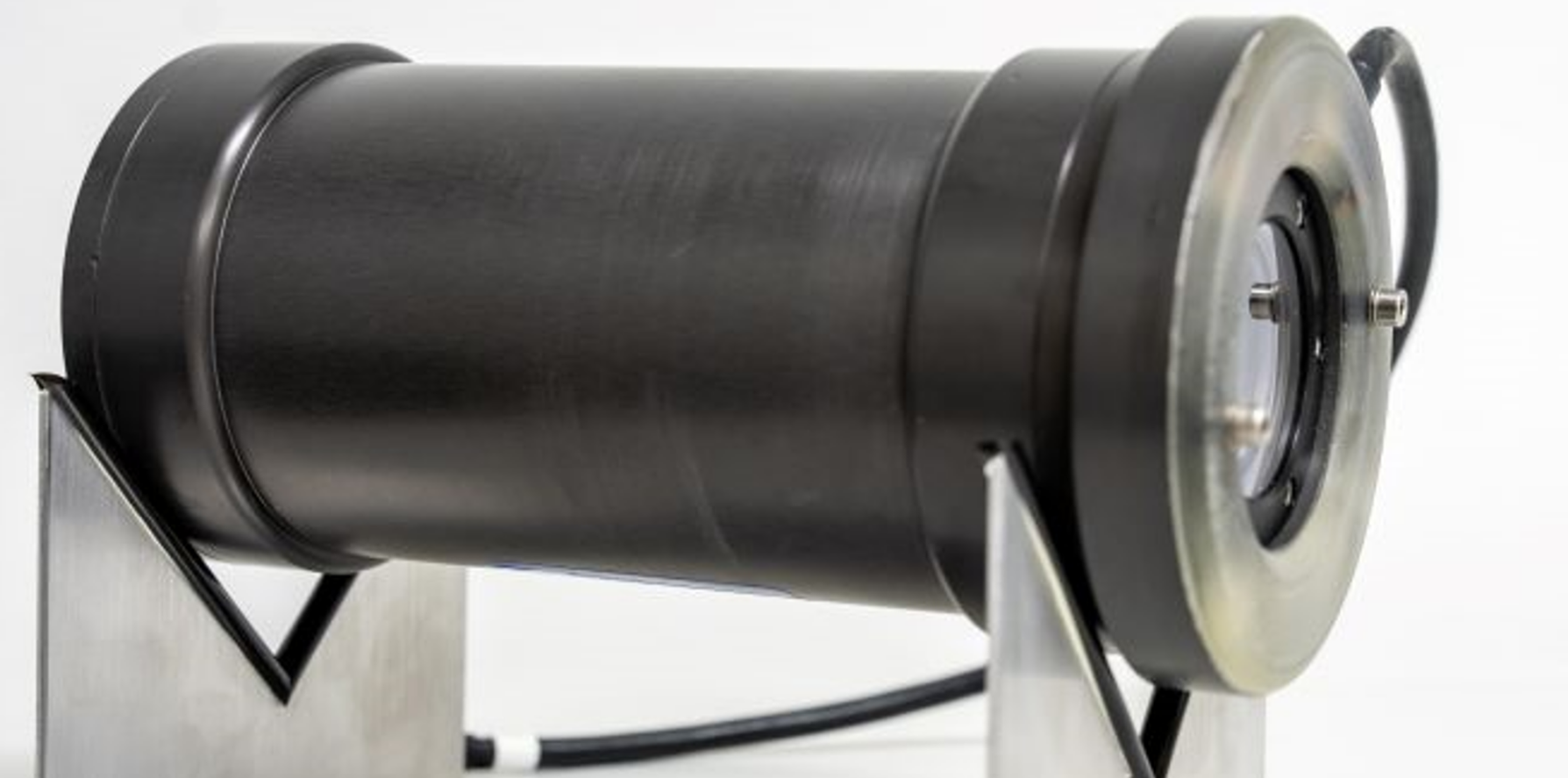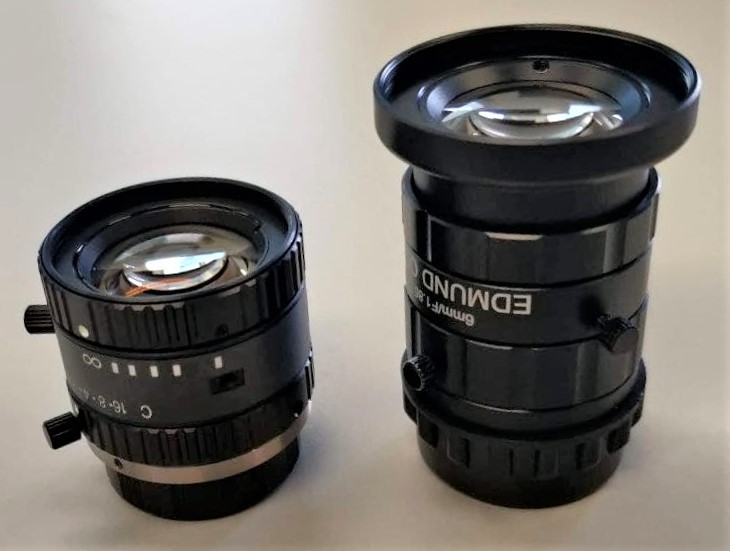GUARD-1
GUARD-1
Underwater Autonomous Smart Camera
GUARD-1 is a high resolution and high sensitivity intelligent underwater camera for content-based image recognition and classification. It is autonomous (battery operated), freely programmable frequency for time-lapse acquisition of images.
It is an intelligent imaging device conceived for the autonomous and stand-alone video-monitoring activities in remote marine environments and it is specifically designed for deployments extended in time. It has been conceived as equipment for mobile platforms (e.g. sea gliders, Argo Float vertical profilers, drifter buoys or autonomous underwater vehicles) as well as for fixed platforms like stand-alone or cabled observatories.
The imaging device acquires underwater images at a programmable time rate and provides on board content-based image analysis through customisable software. Depending on the application context the relevant information extracted from the acquired images, can be transferred outside the device through acoustic/satellite modems or through cabled connection.

KEY FEATURES
Adjustable image quality for deep-sea and shallow coastal areas.
PIXALIS and SONY CMOS sensor configurations
Onboard storage for over 10.000 images (depending on image quality)
Linux PC board for implementation of customized processing algorithms (C++/Python)
Incorporated lighting system for operating in absence of natural light
Battery pack for long autonomy (> 12 months, depending on the computational load)
Multiple mechanical configurations, deployable up to 1000 m depth
Ethernet cable for PC data communication in shallow water deployments (1-3 m).
Image preprocessing function library for rapid prototyping


PATENT
The system is working in accordance to the European patent EP2863257 by the National Research Council (Italy) and OnAir S.R.L. (Italy)